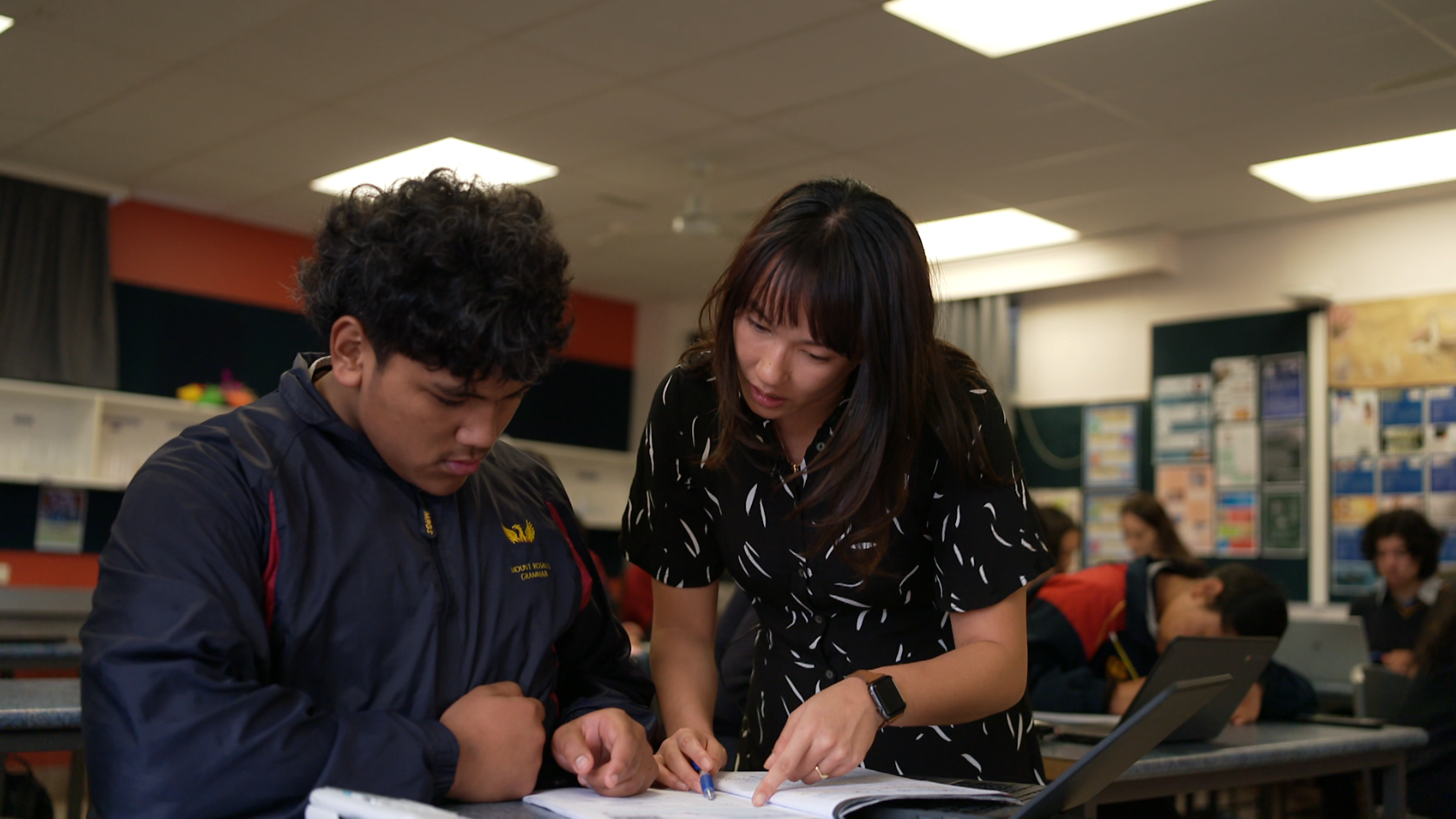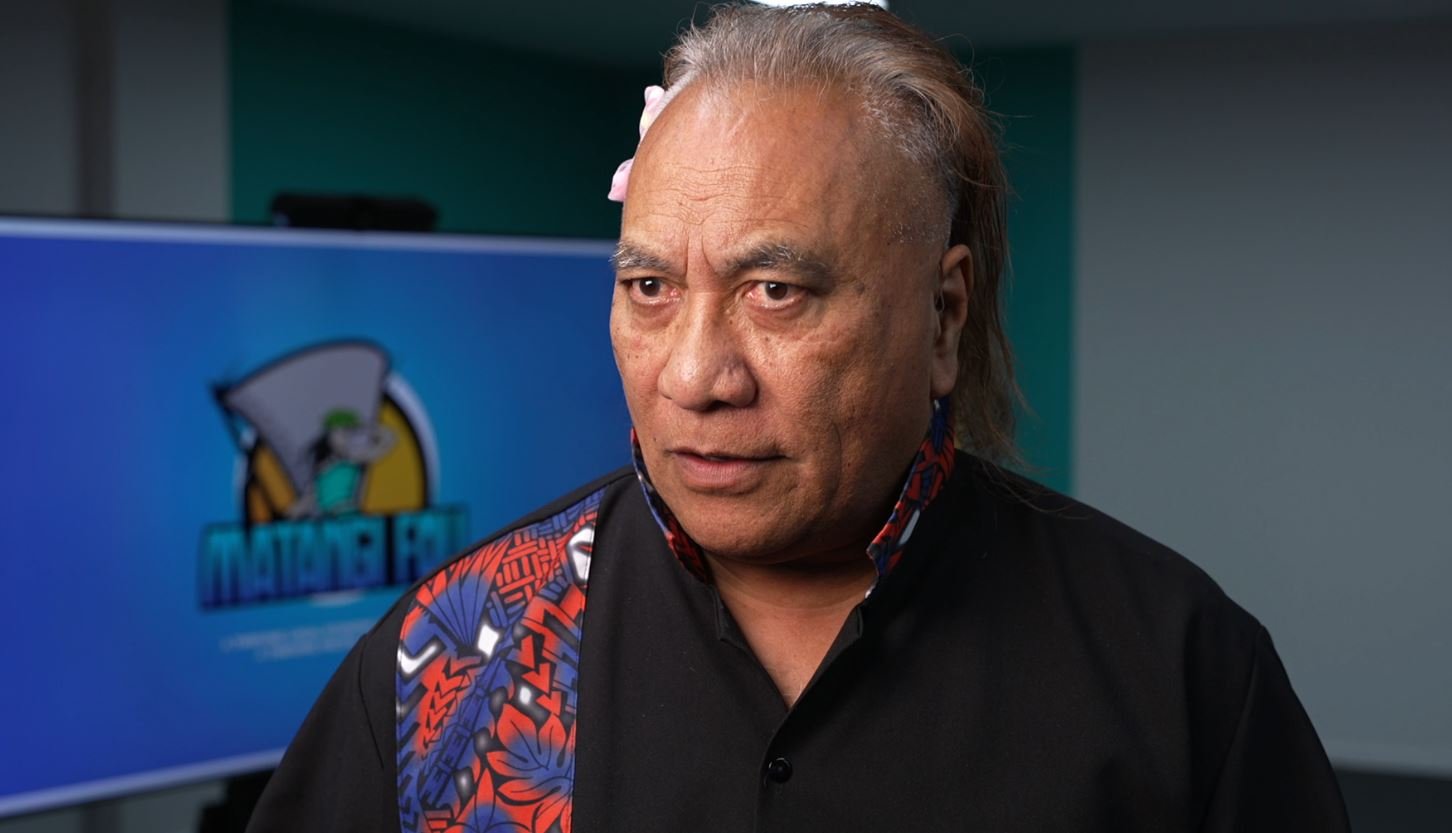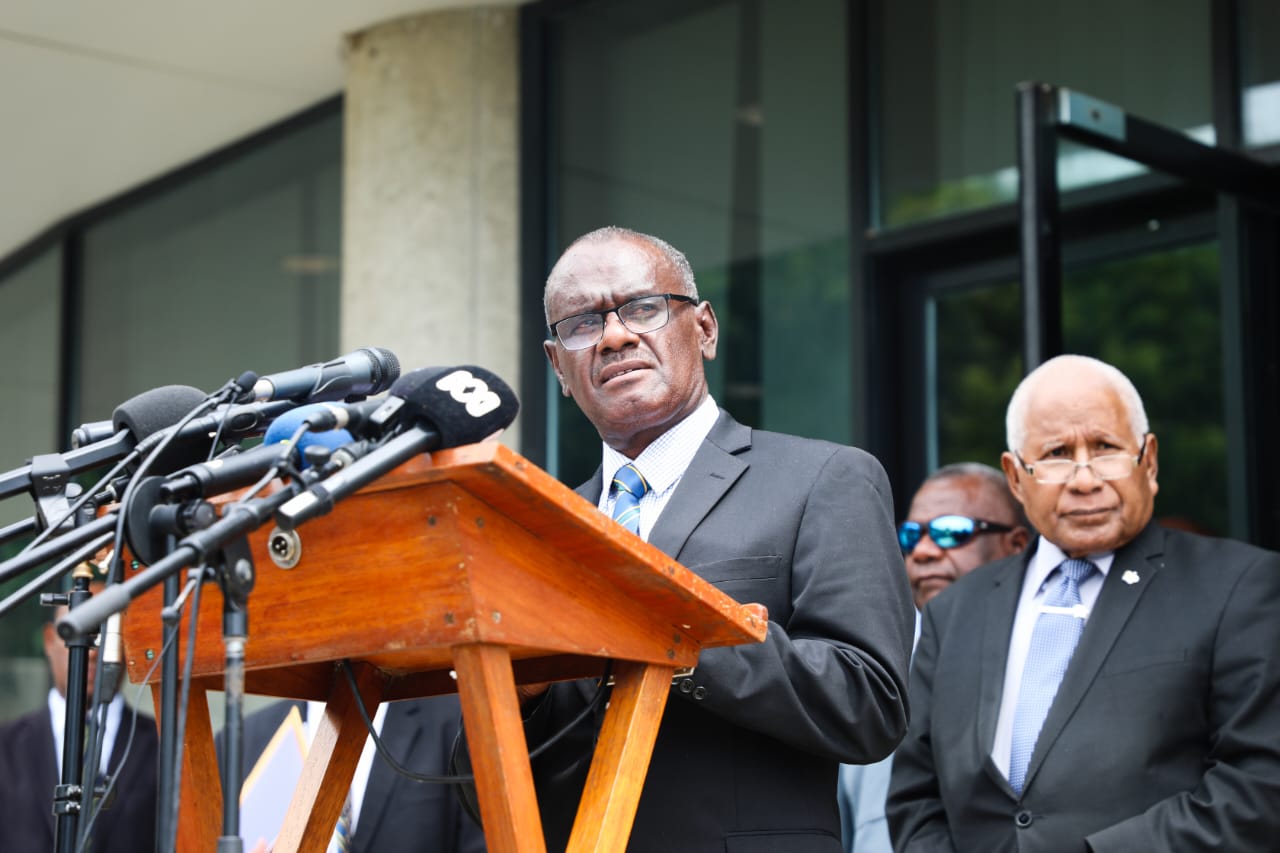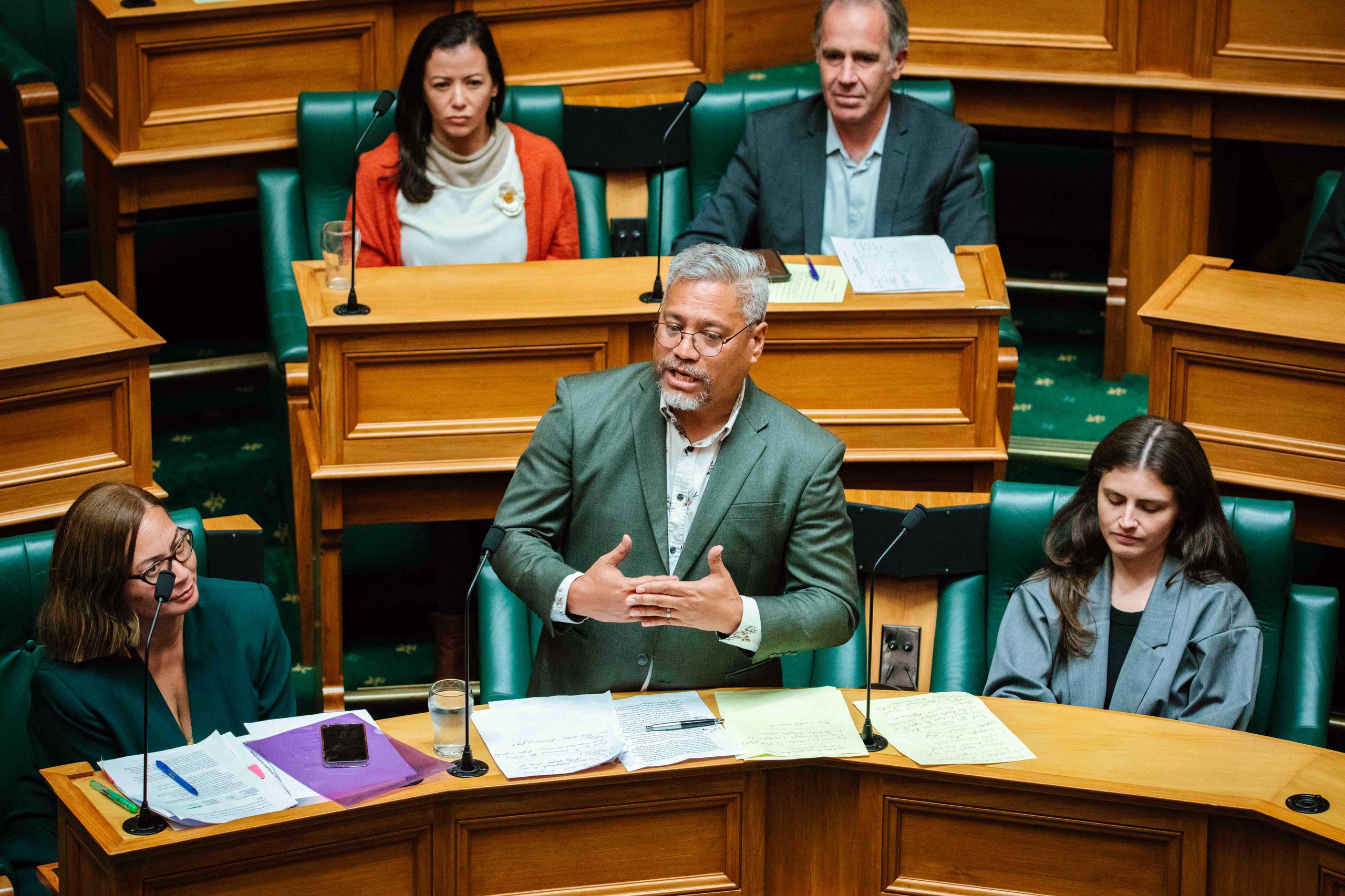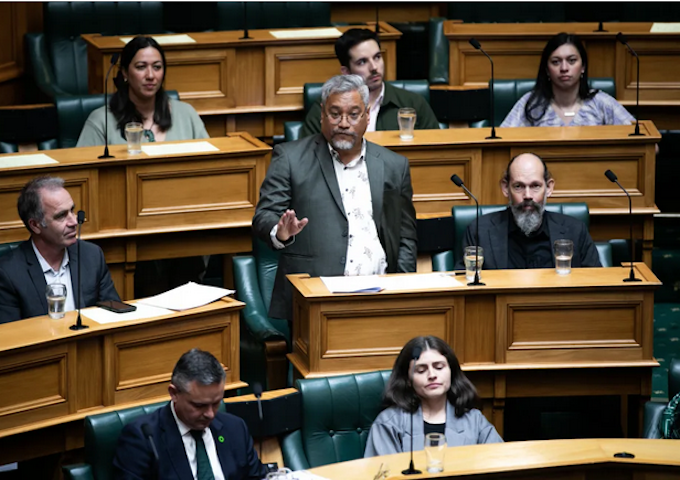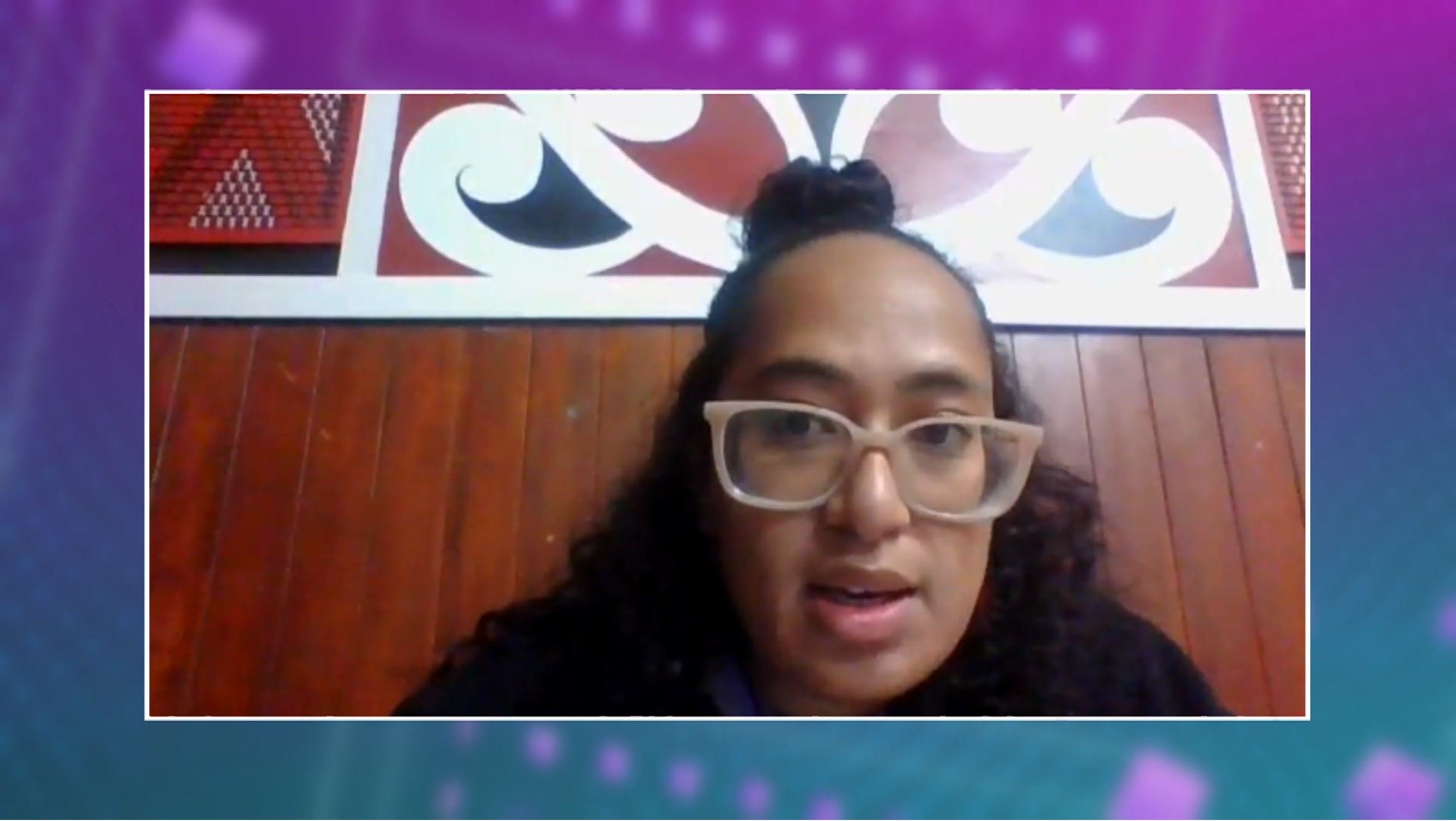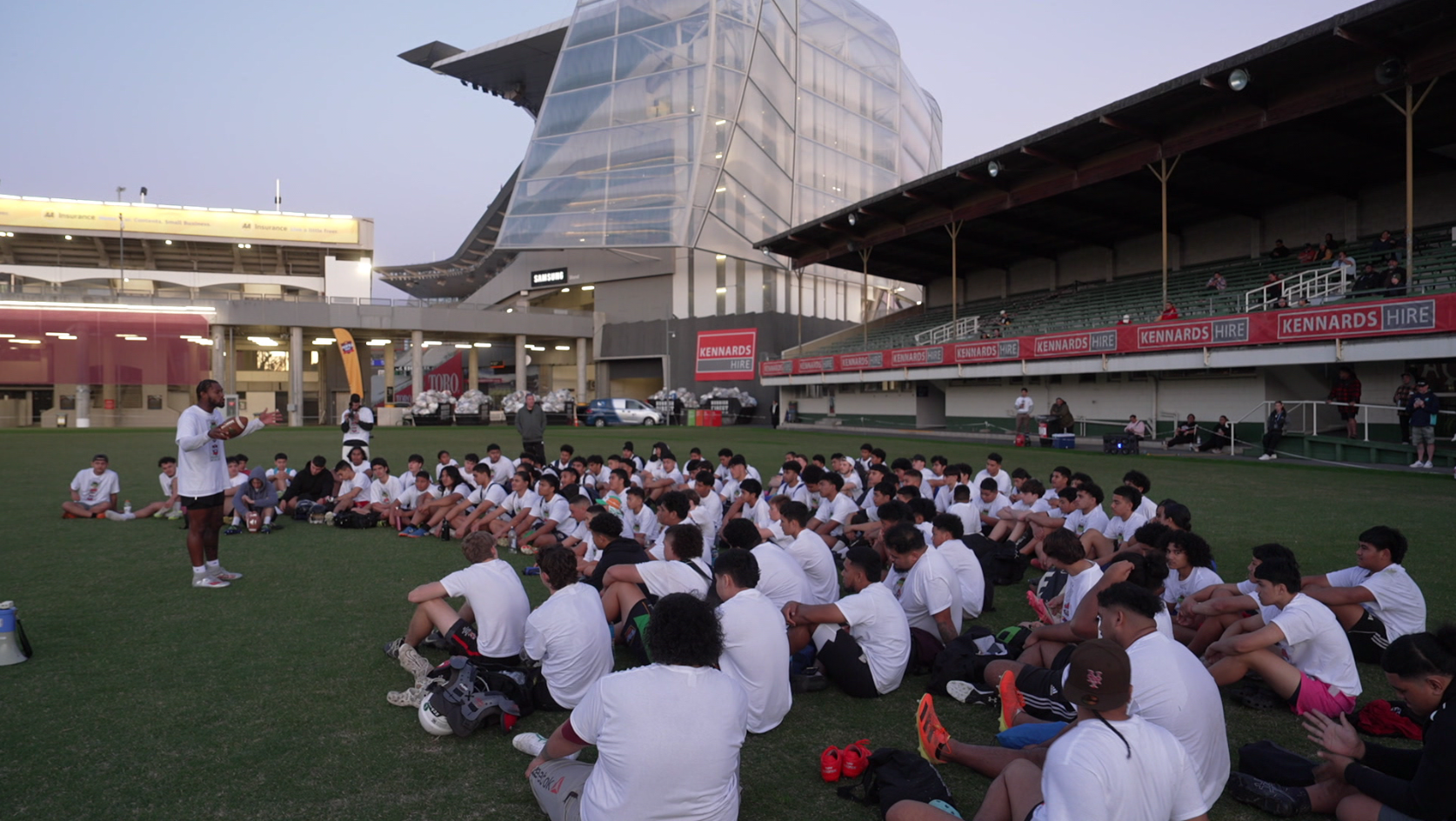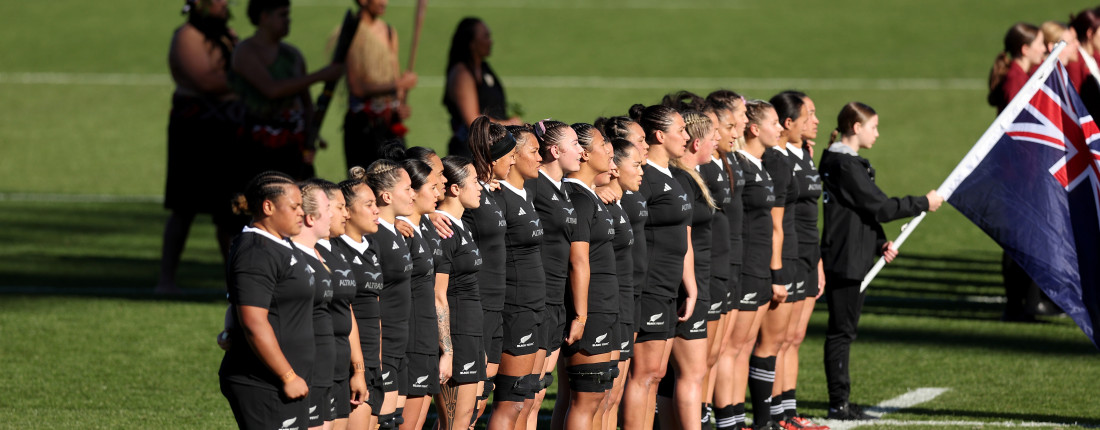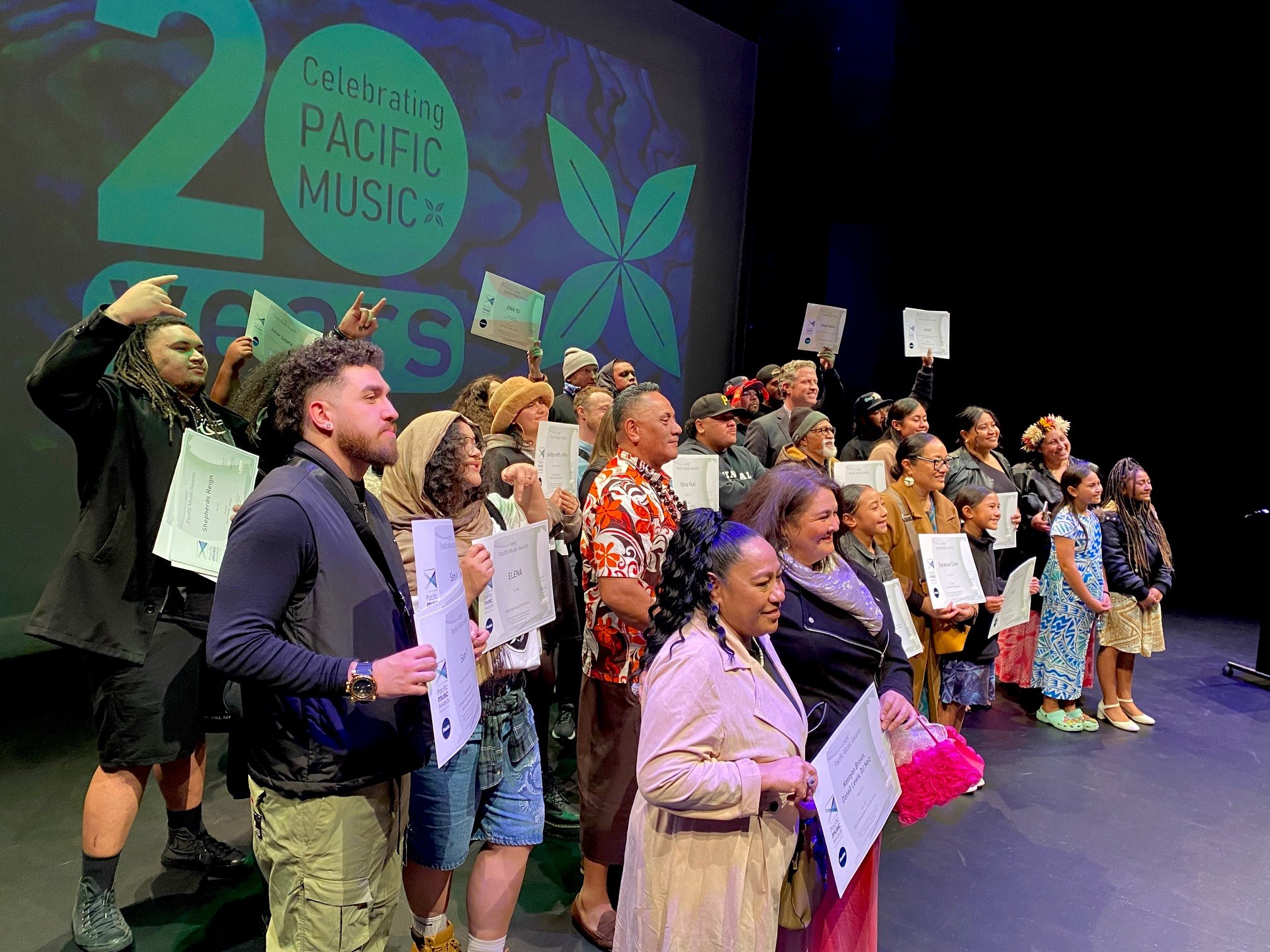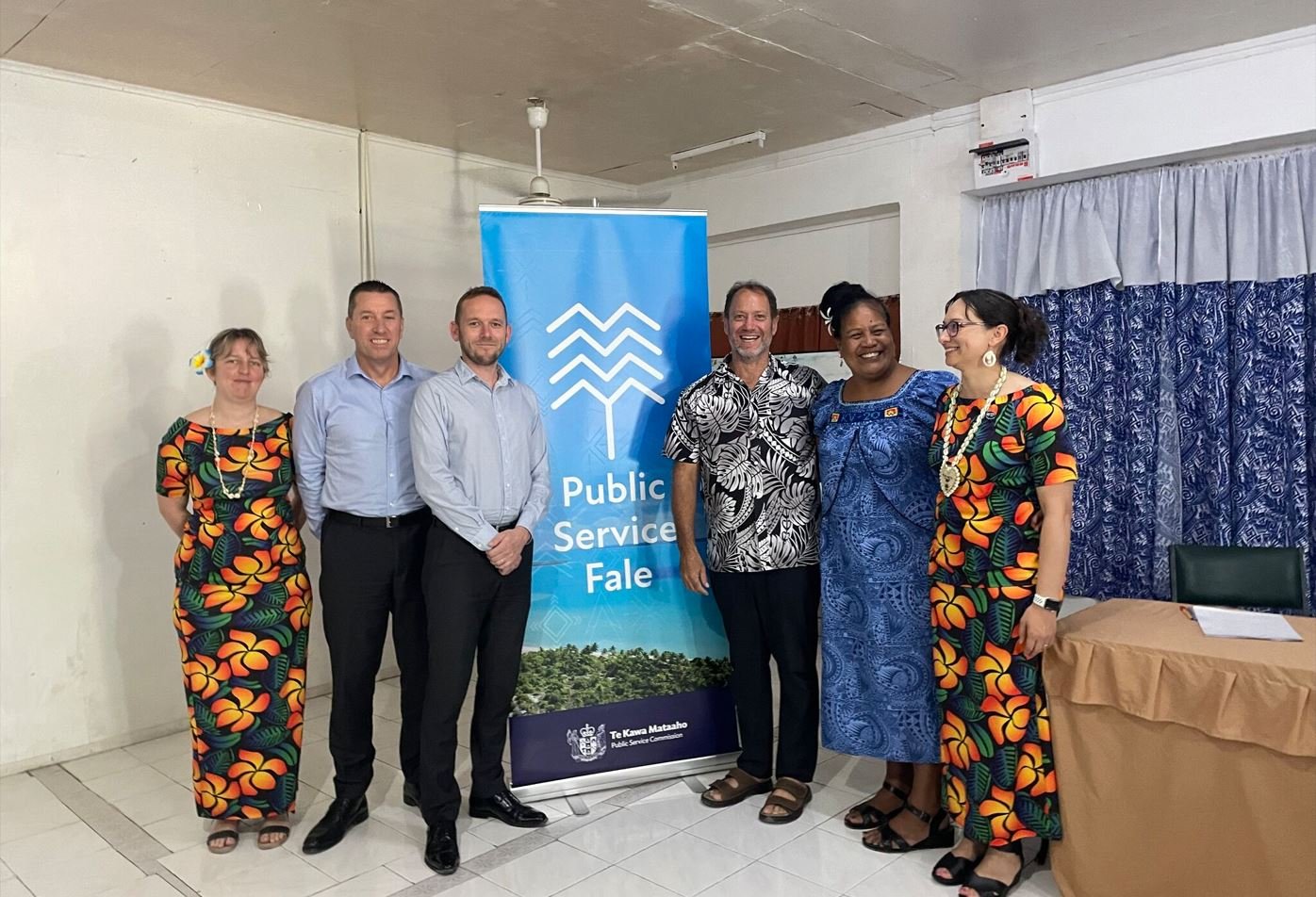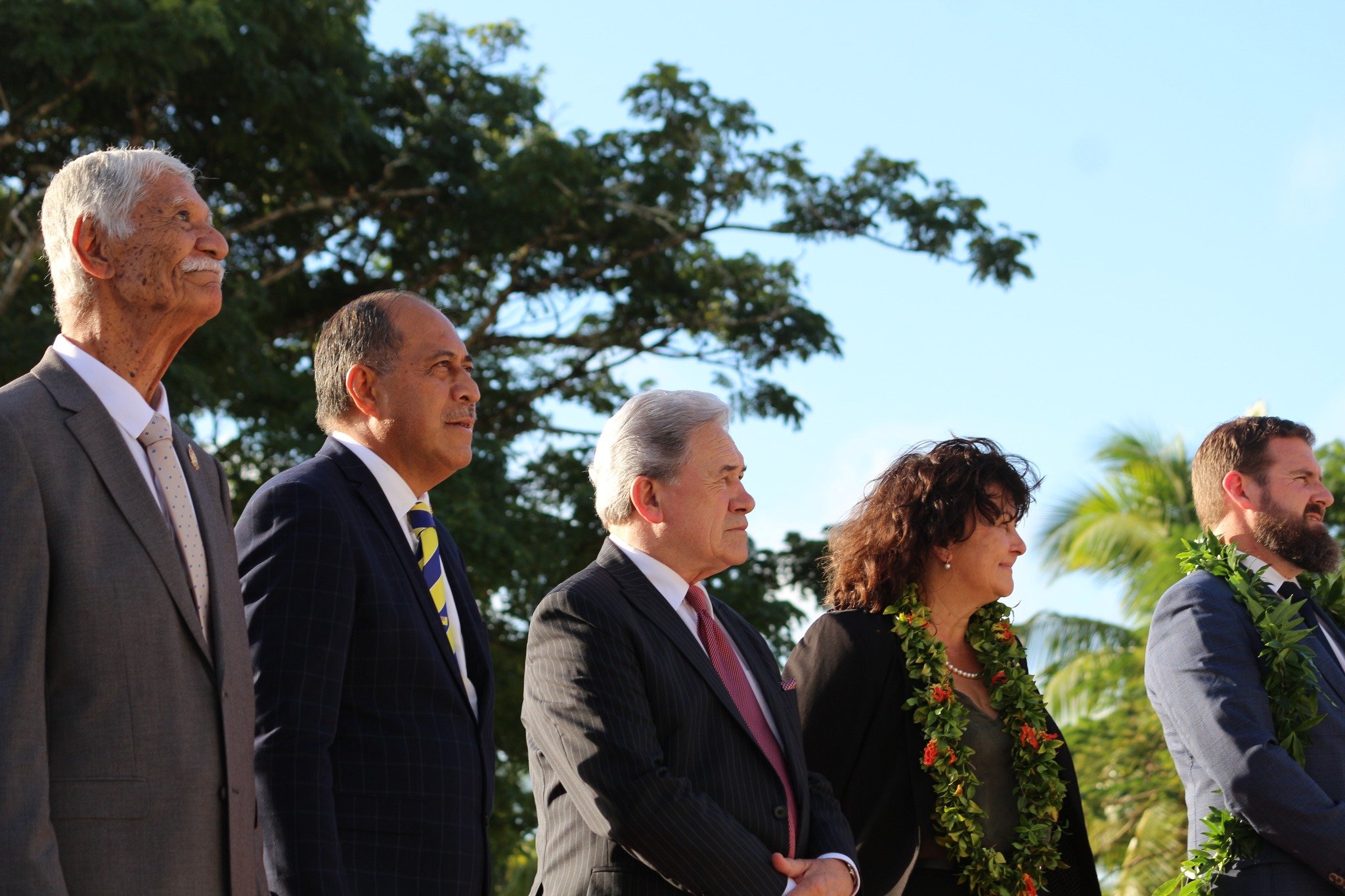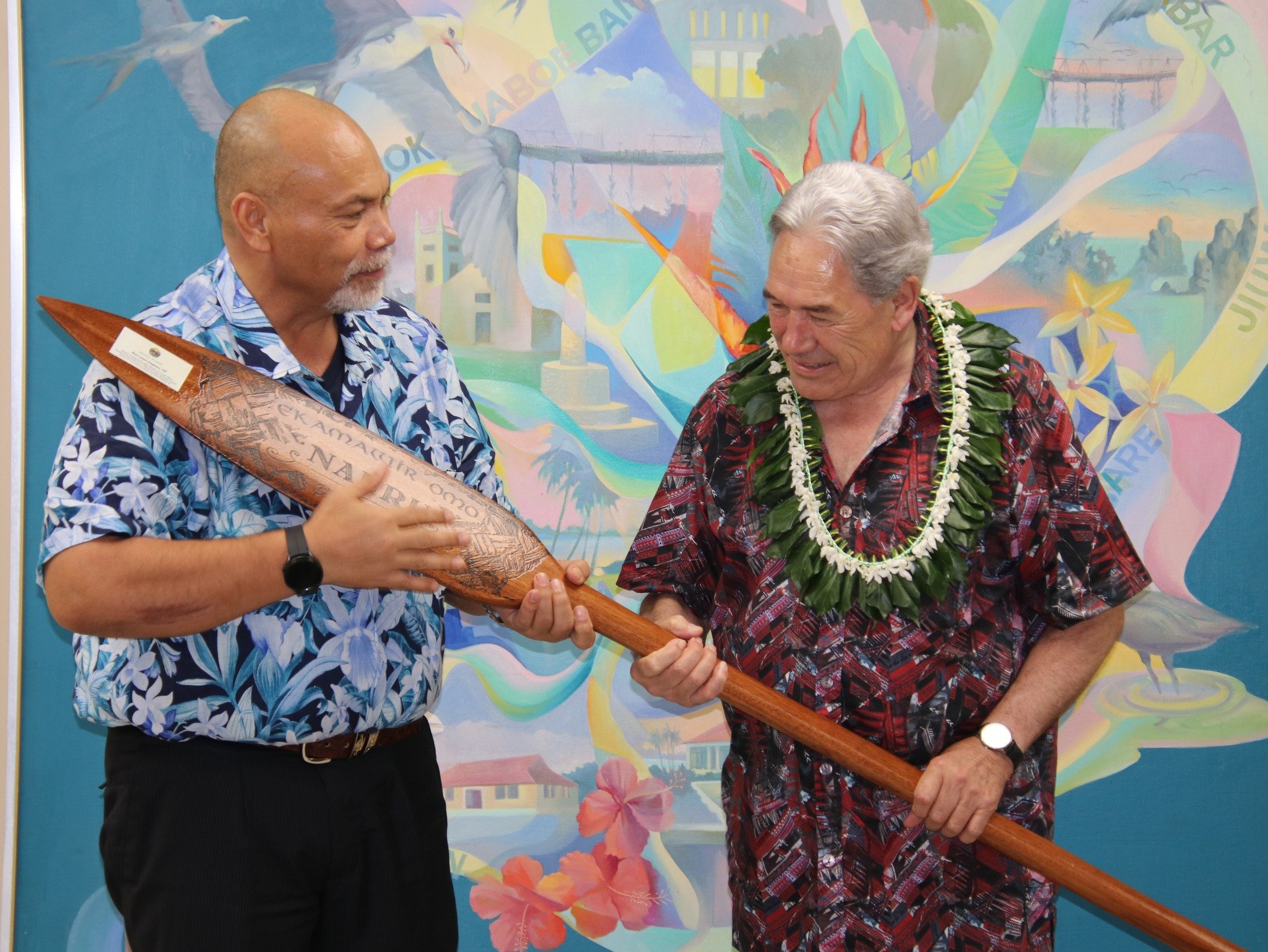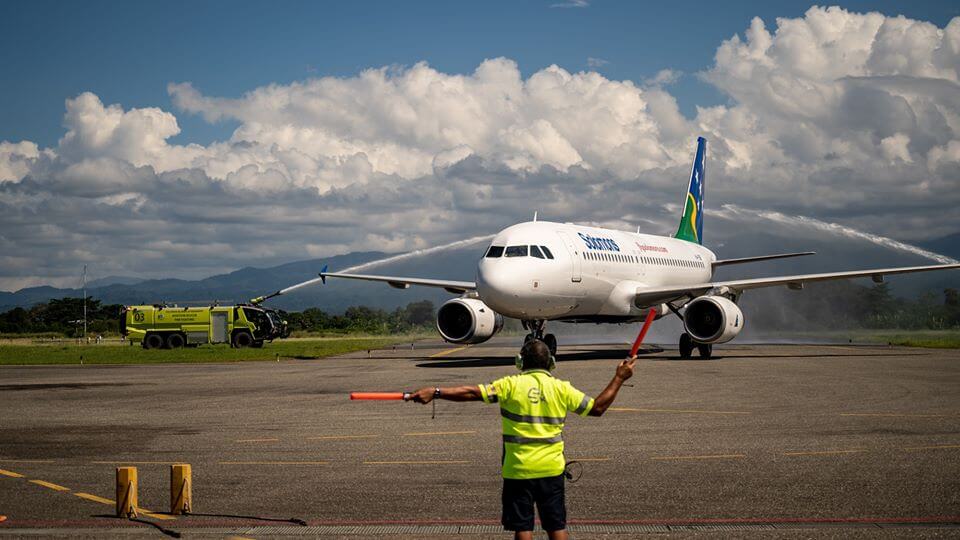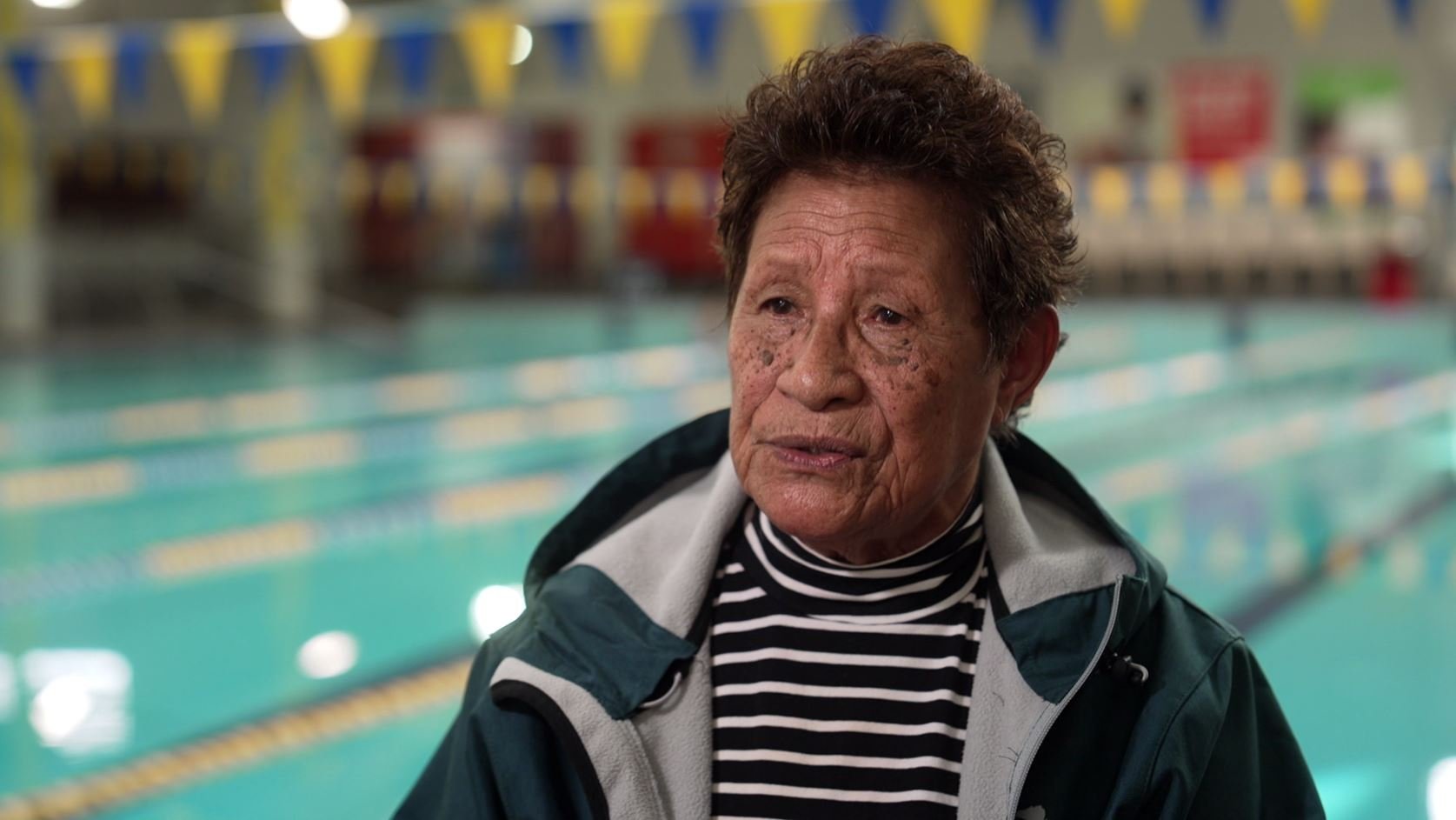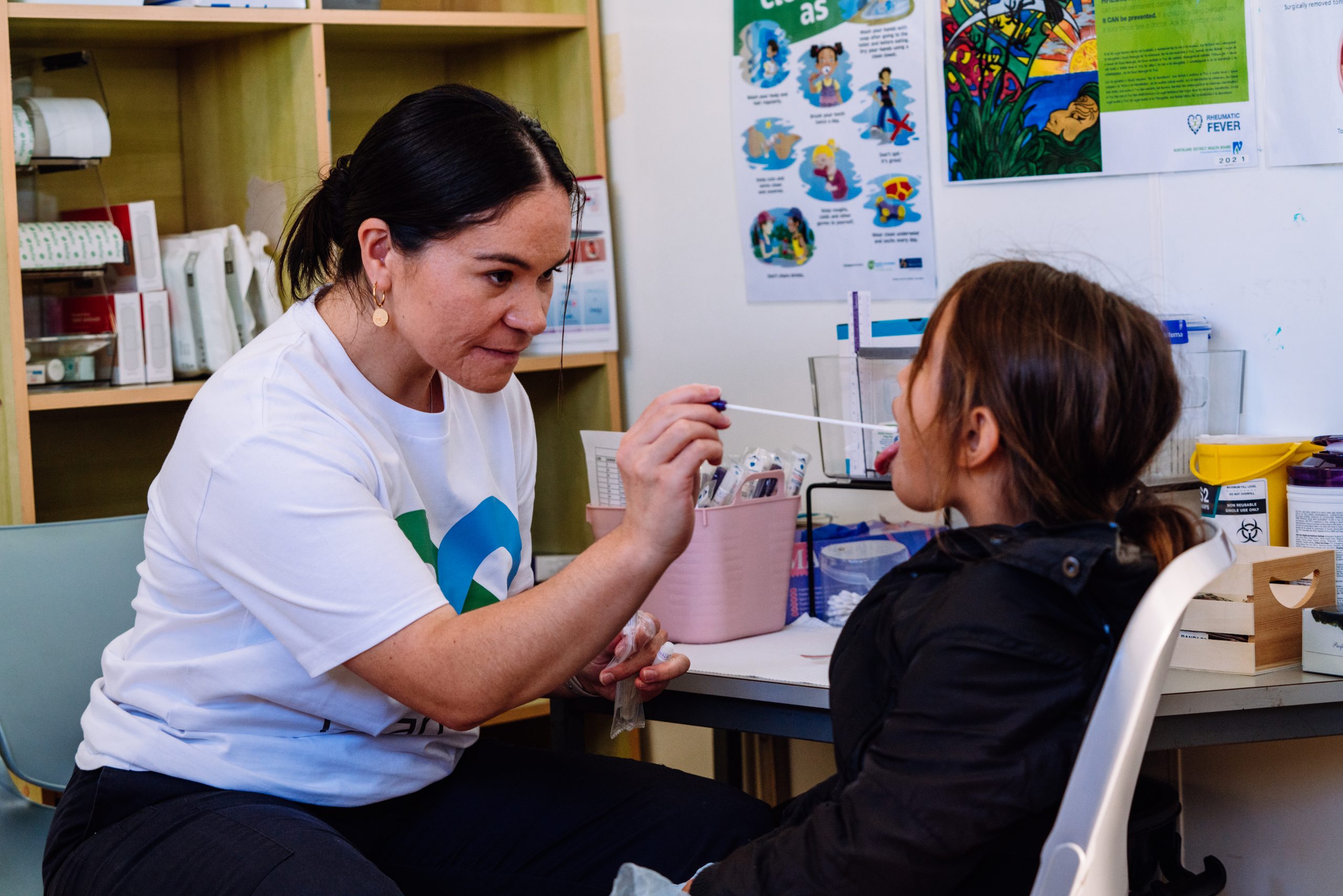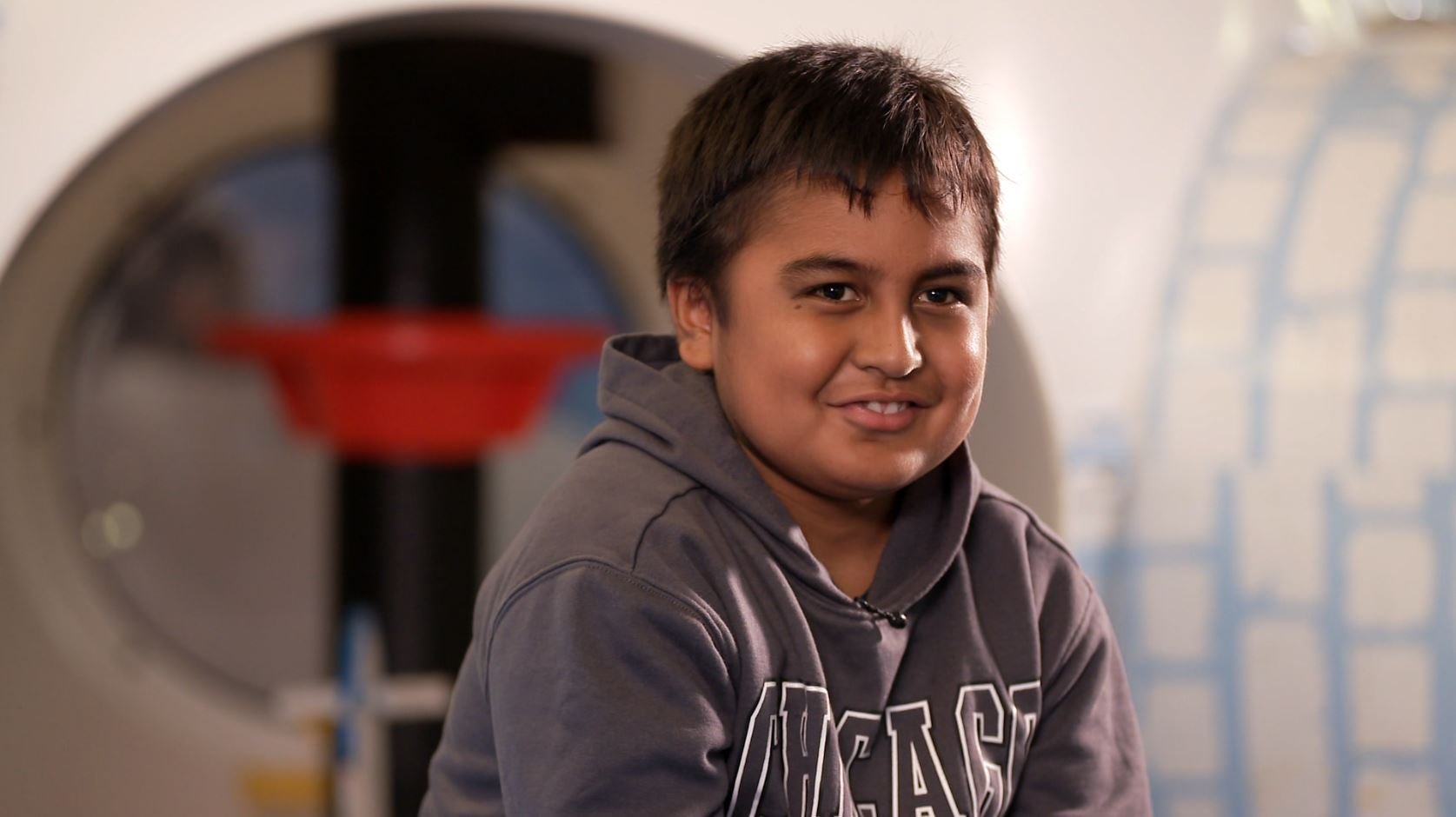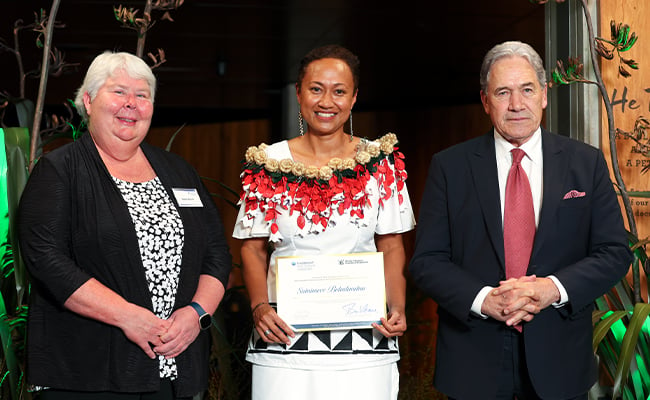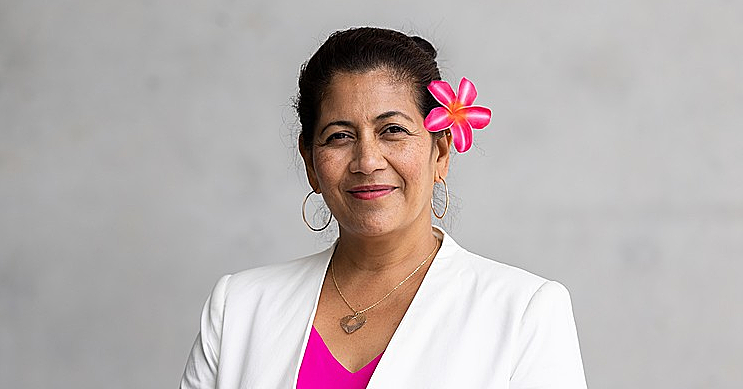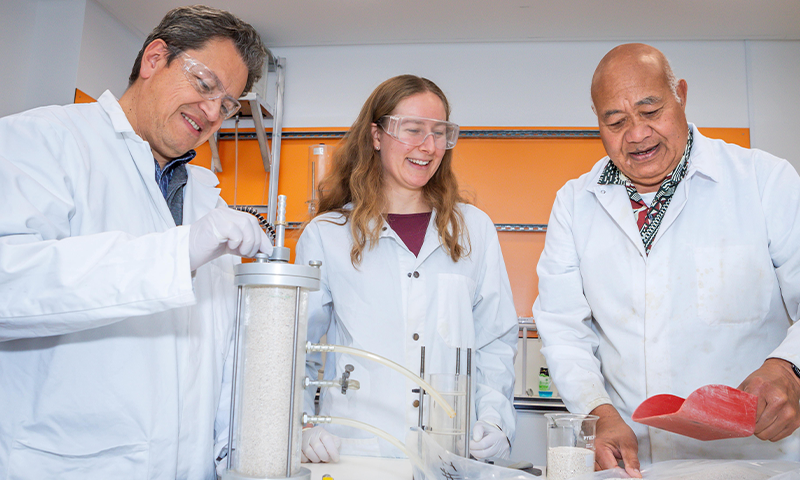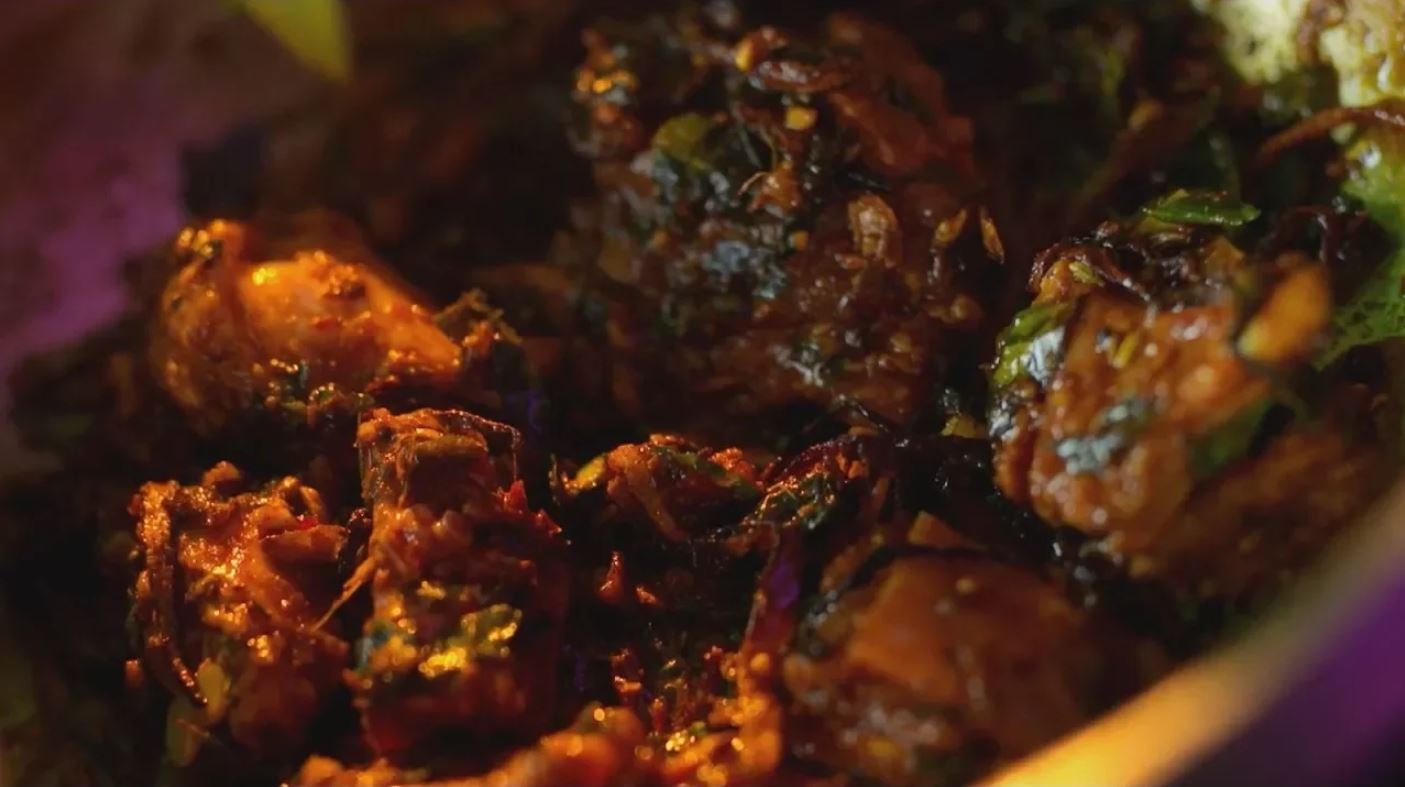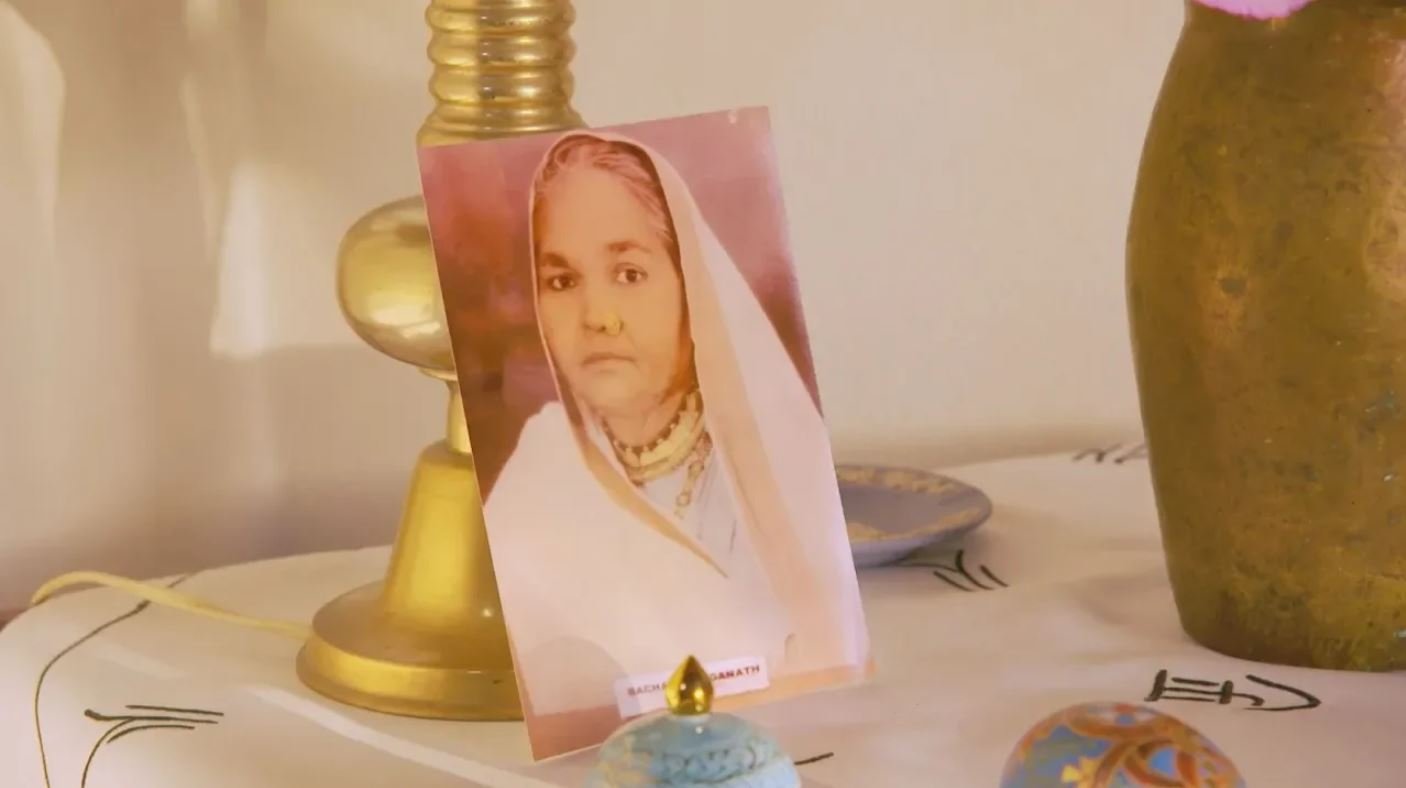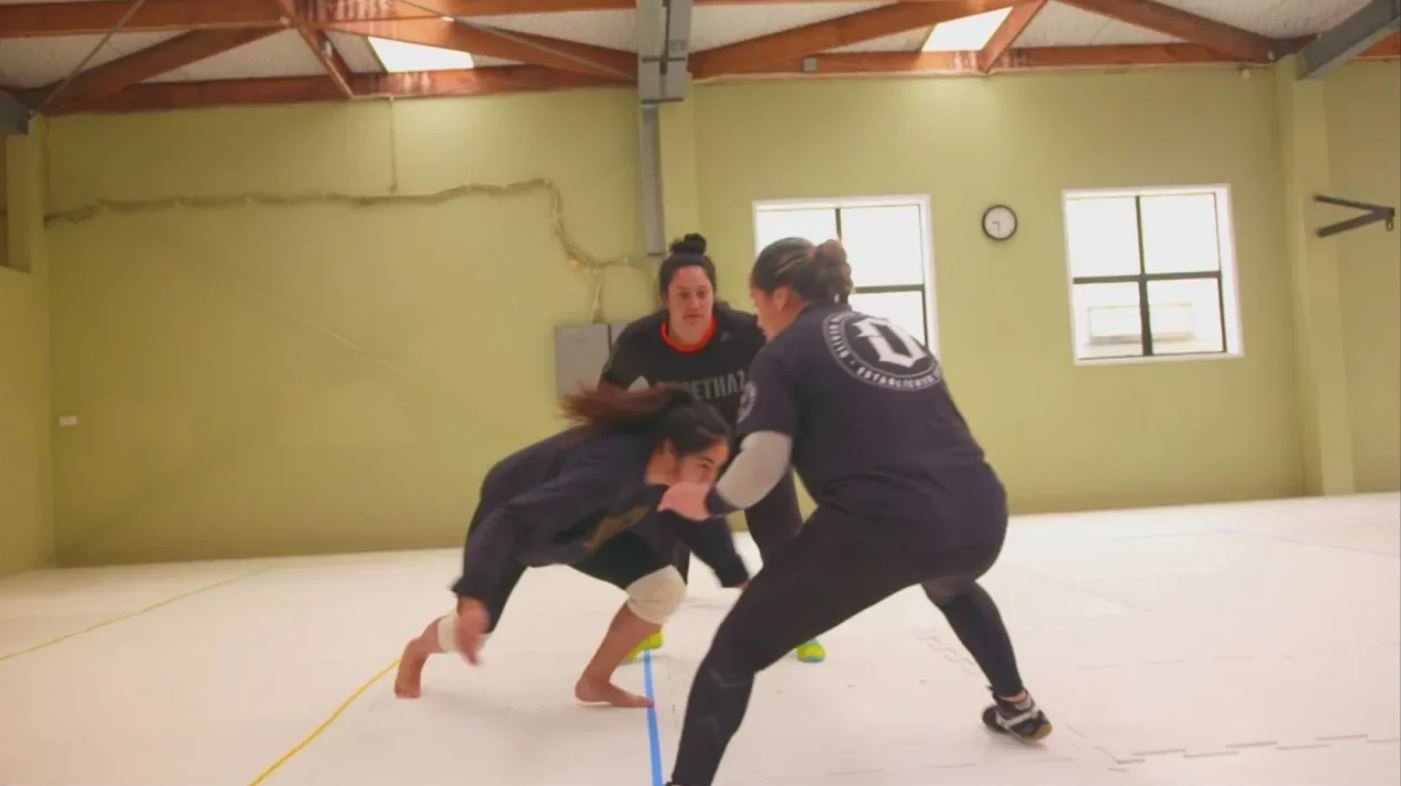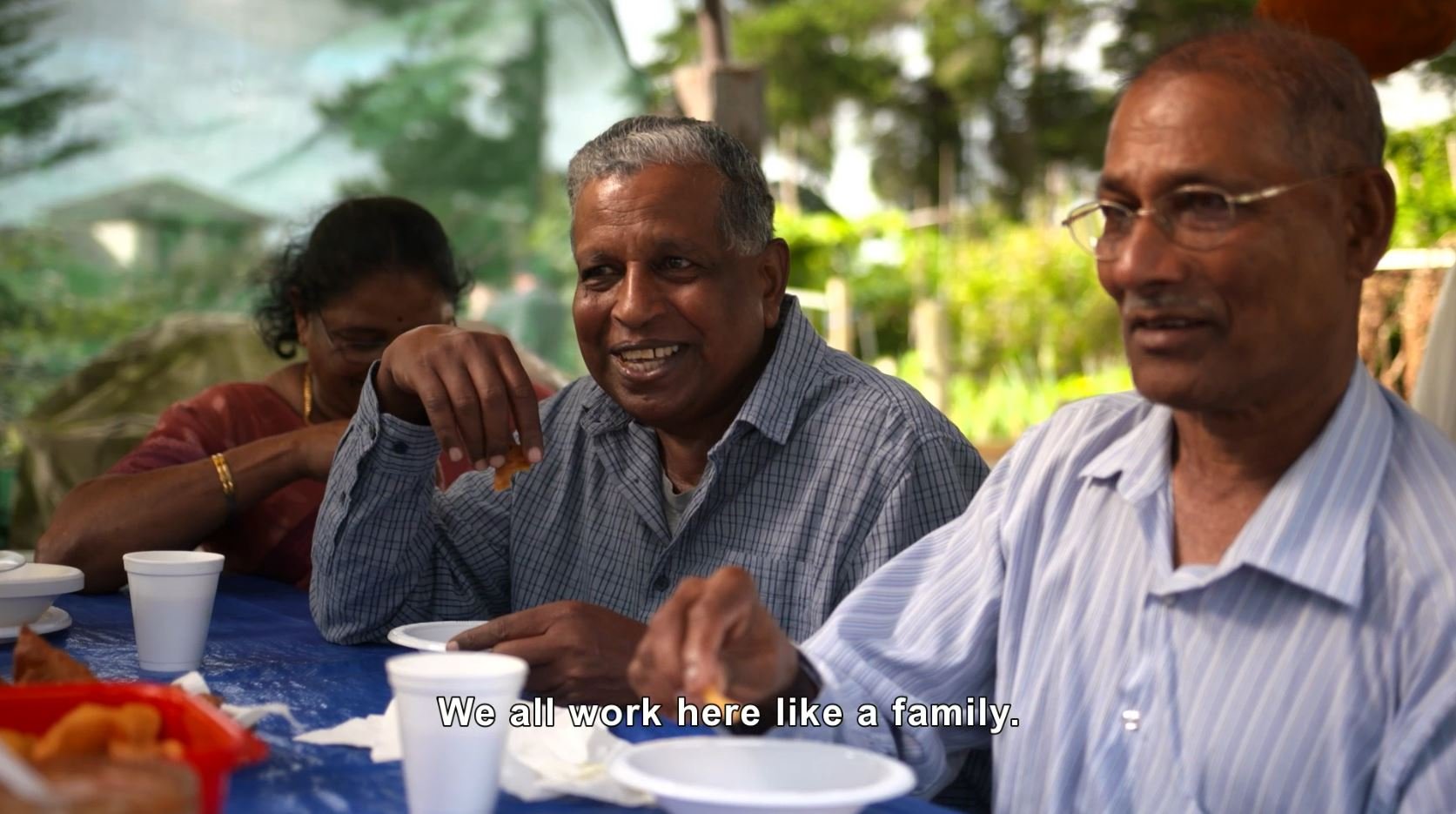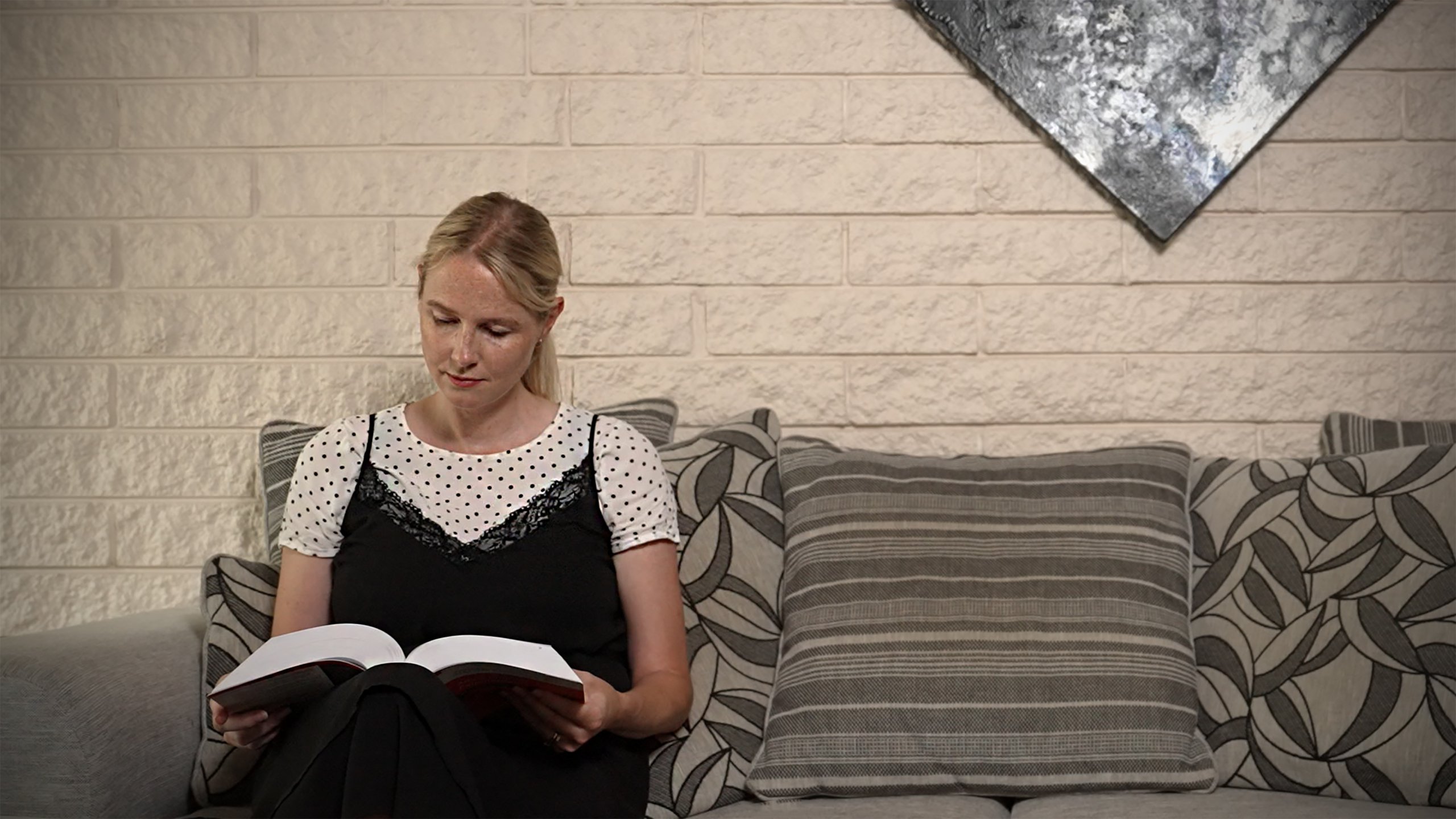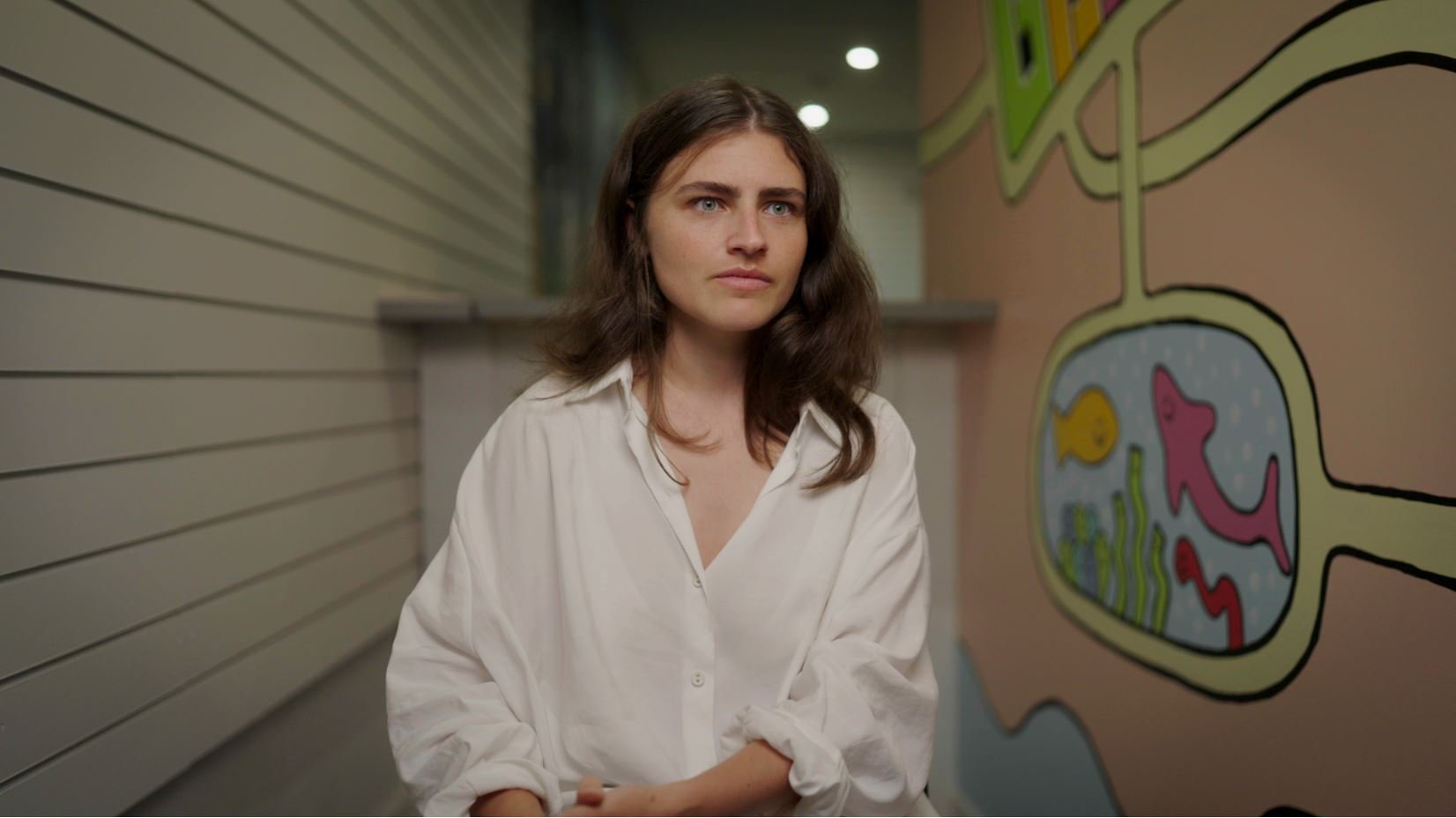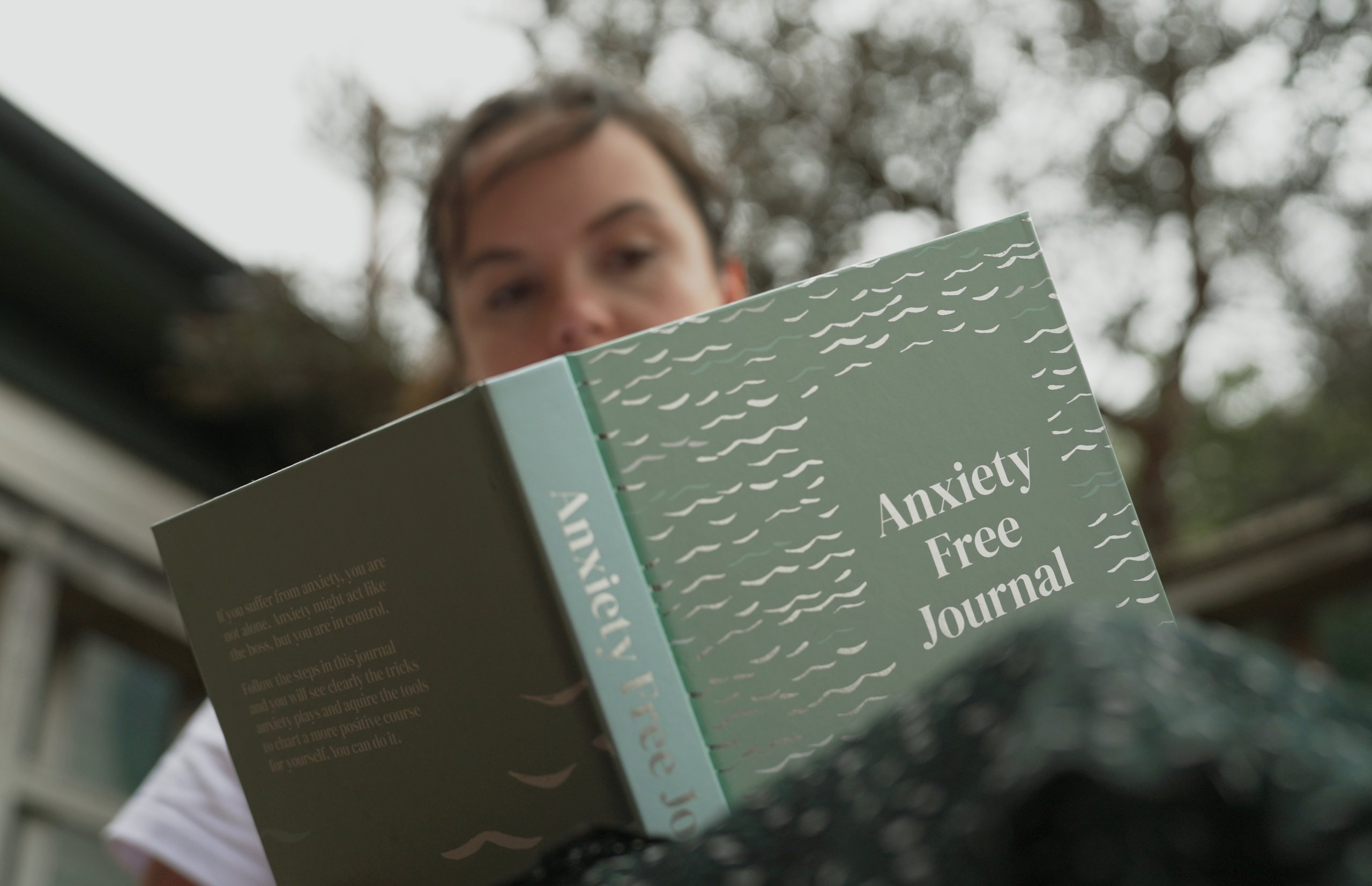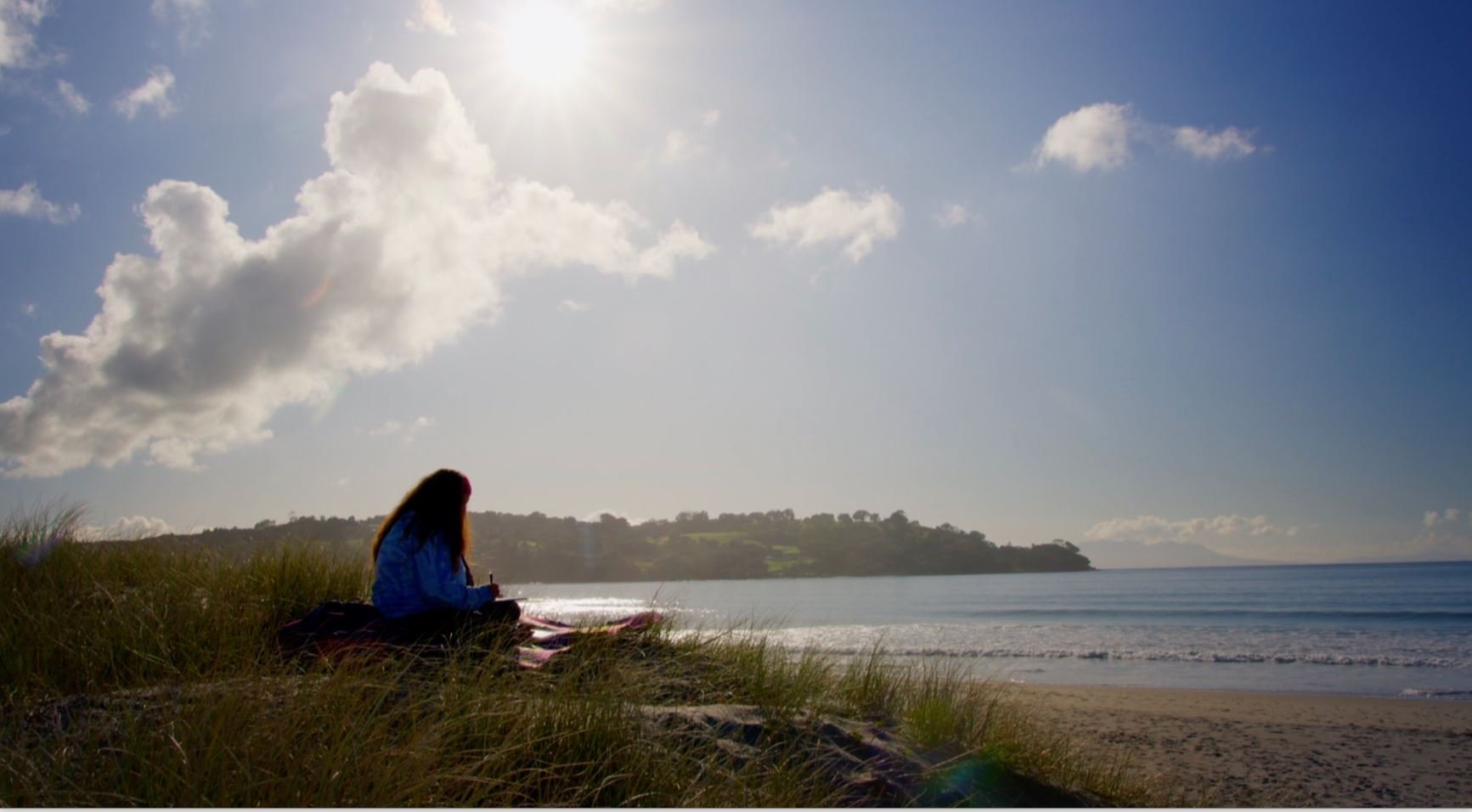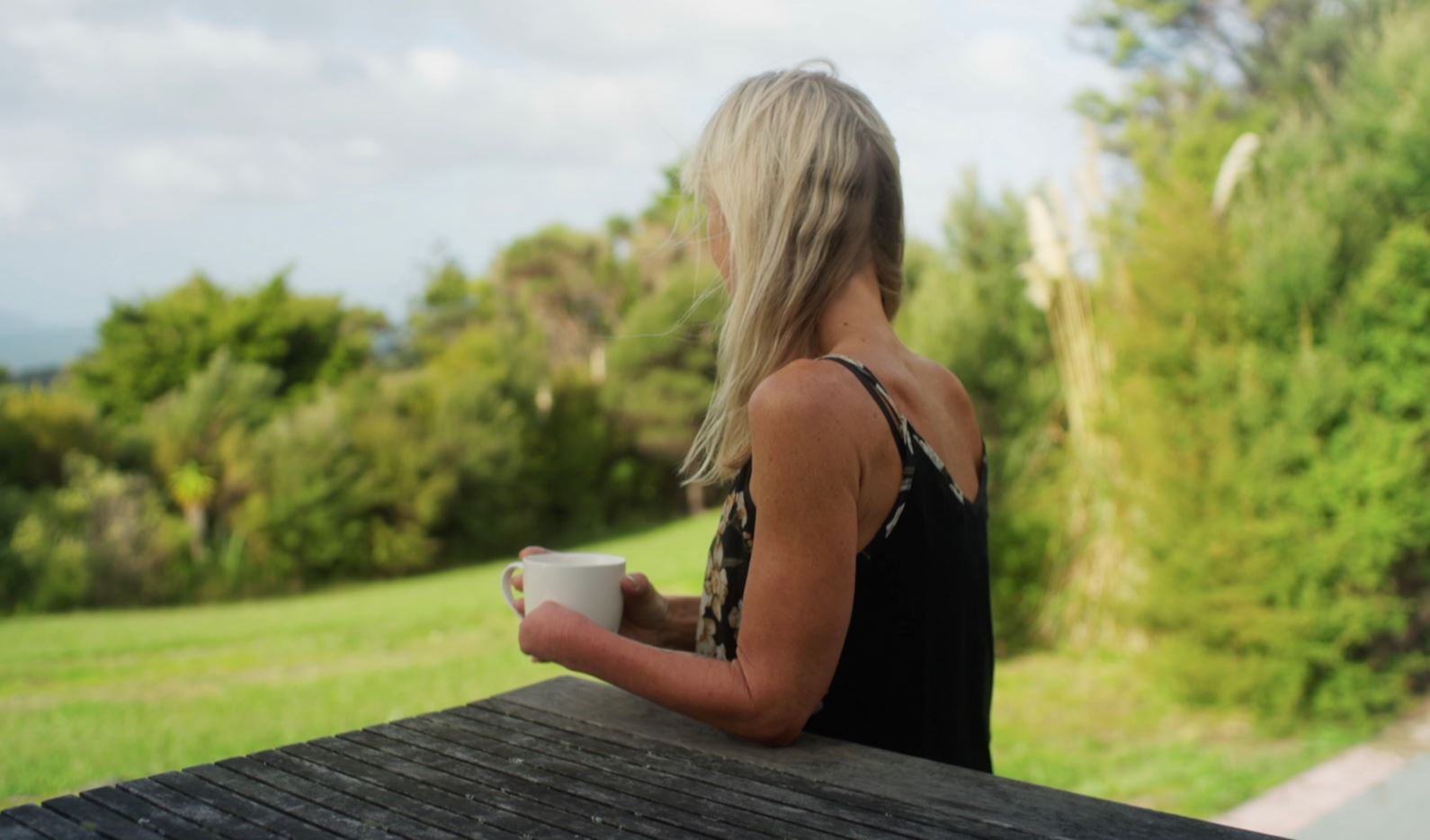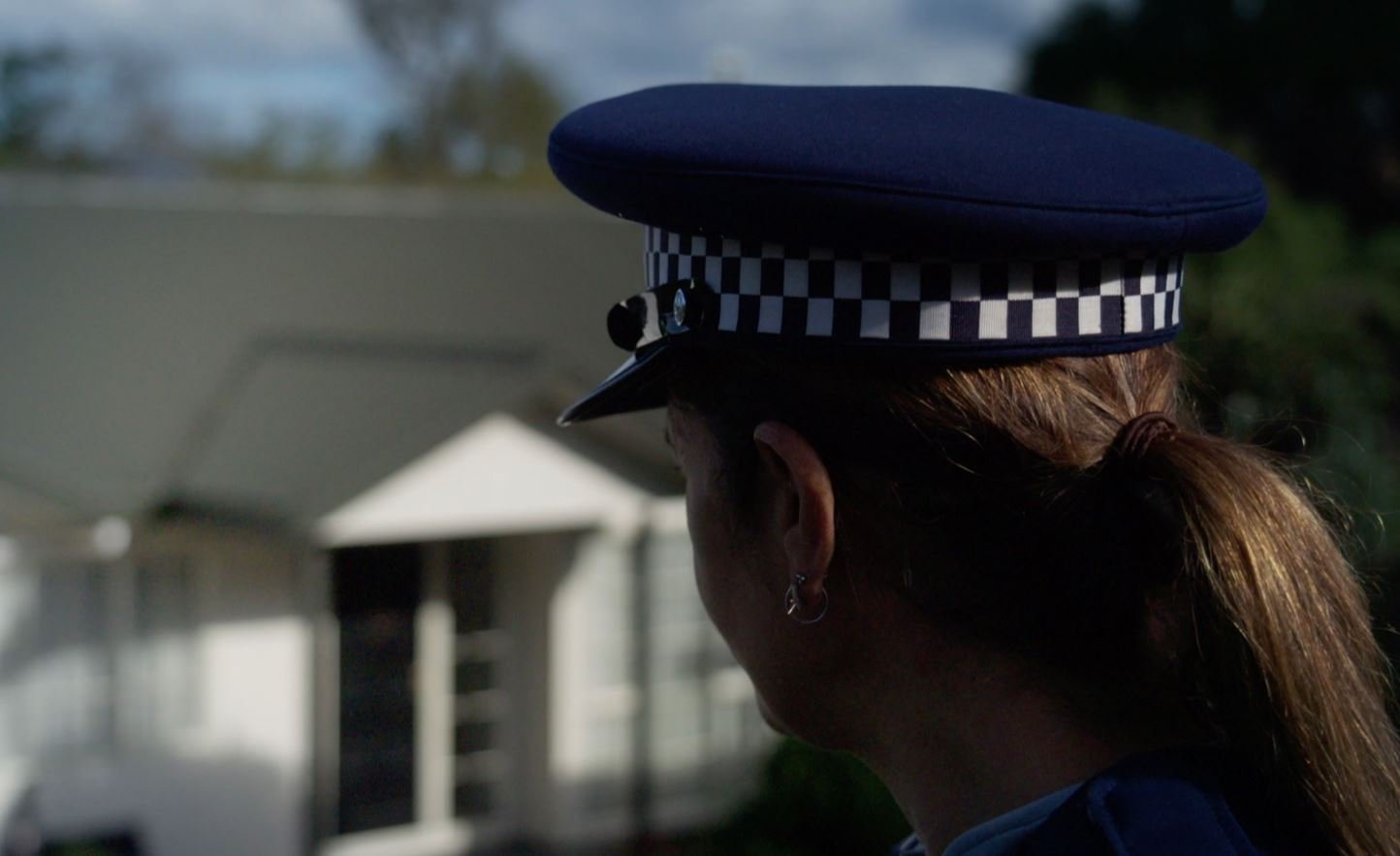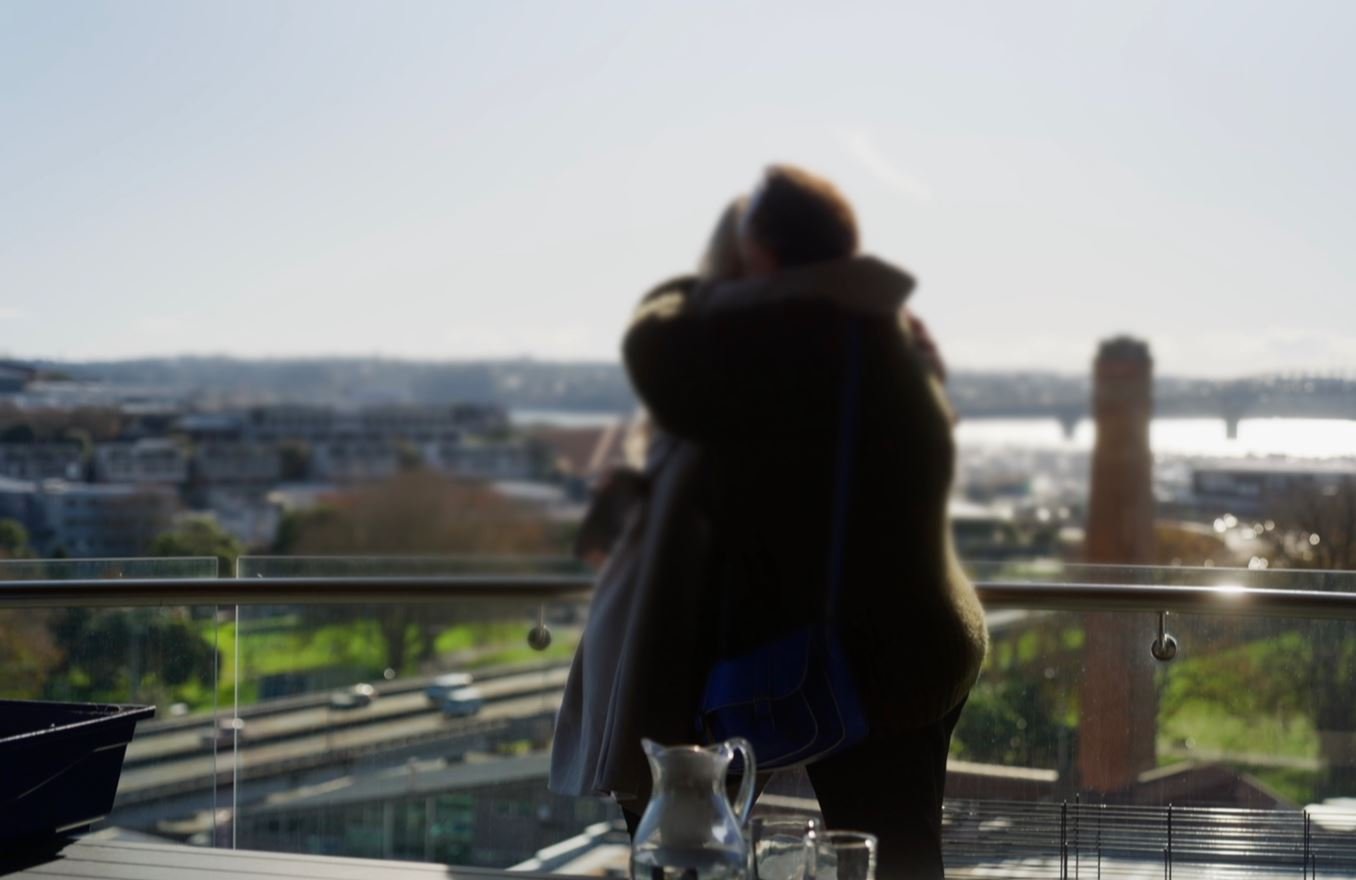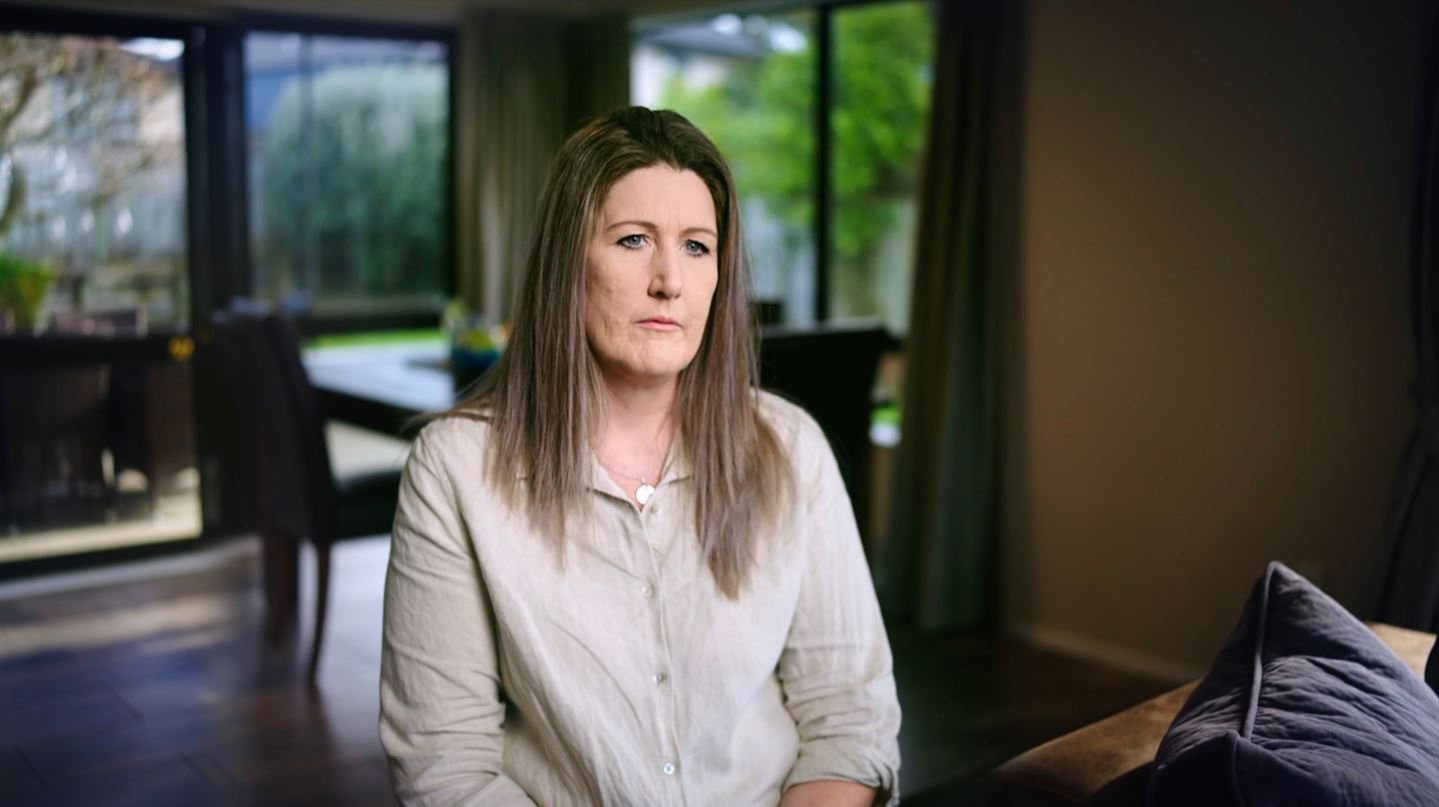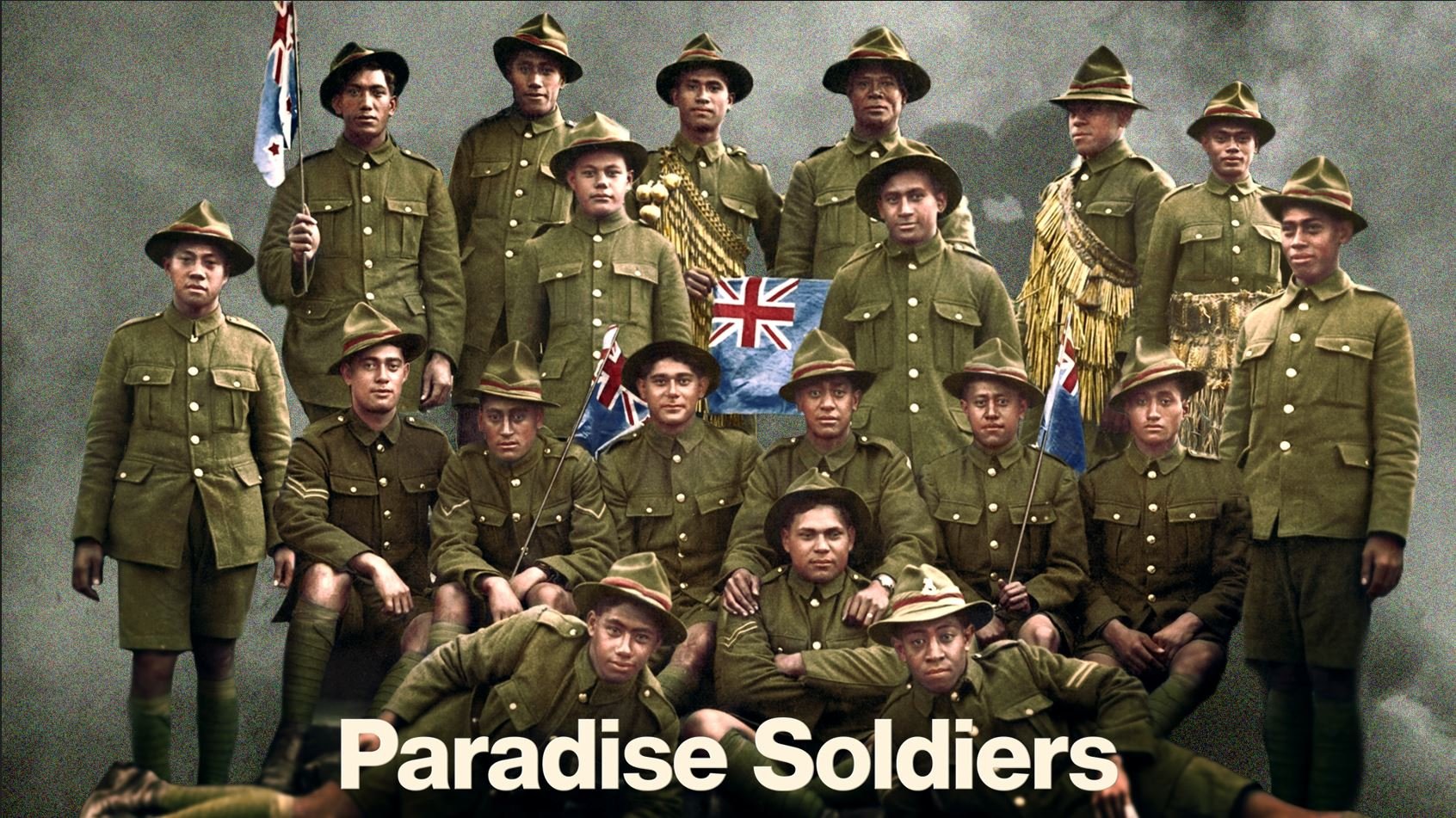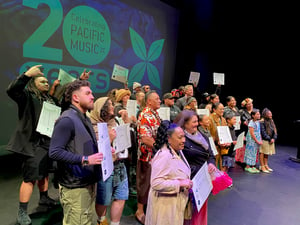Since its release, the story of the six ‘Ata survivors has captured the hearts and imaginations of many people around the world. The story of Sione, Mano, Kolo, Tevita, Luke and Stephen was published in The Guardian last month – six Tongan youths who had stolen a boat which had shipwrecked halfway into their voyage, leaving them stranded on ‘Ata island for well over a year.
It’s a wonderous tale of survival, community and brotherhood. However, it’s not the only famous shipwreck in Tongan history.
Immortalised in song by HM the late Queen Salote, the voyage of the Tuaikaepau was an ill-fated journey and a story that for the most part has been largely forgotten, but documented well in Olaf Ruhen’s book Minerva Reef.
The Tuaikaepau set sail from Tonga on 4 July, 1962 with 7 crewmen aboard and 10 passengers, 6 of who were hoping to find new boxing rivals on Auckland shores. It was a journey which the cutter had made before, sailing from Tonga to Auckland for repairs five years earlier. This time, however, the expedition would prove to be a perilous one.
A few days into its journey, the boat struck the outer edge of the Minerva Reefs, 270 miles southwest of Tonga. An unforgiving pair of atolls, the Minerva Reefs have become a watery grave for many vessels that have met an untimely end on her fatal rocks.
The constant surf beating upon the reef, the merciless glare of the sun, the lack of fresh drinking water; shipwrecked, the men endured the brutality of their watery prison for a little over three months, surviving inside the wreck of a Japanese fishing boat which the reef had claimed two years prior.
Captain Tevita Fifita was an exemplary leader, sustaining order amongst the group during their time on Minerva. A calm and reasonable man, he led his crew in prayer each morning, assigned each man with a role and took responsibility for divvying up portions of rations between them, with slightly more food and water for the sick.
As September rolled by with no sign of deliverance, Fifita realised only they could save themselves.
He ordered his men to build a makeshift raft from the wreckage, with the crew carpenter Tevita Uaisele taking the reins on its construction. They christened the raft Malolelei and on October 7, Fifita set sail for Fiji with his 22-year-old son Sateki and Uaisele aboard.
After a week on the water, the little raft reached the reefs of Kadavu, where it was struck by a large wave and capsized. As the men struggled to make it to shore, Sateki unfortunately drowned. They estimated they spent two hours struggling to swim to shore.
As Fifita and Uaisele made landfall, the villagers came to their aid, and the two were sent to the Colonial War Memorial Hospital. Help was also sent to the rest of the survivors and of the 17 crew members, four had perished upon the reef.
This tale has become the centre point of Semisi Taumoepeau’s latest documentary, Slow but Sure: The Story of the Tuaikaepau. A director/writer/editor living in Utah, Taumoepeau had established Fish Eye Films with his friend Lio Pupunu in 2012, and had begun their work on the Tuaikaepau story the year before.
Like many Tongans, the filmmaker had no prior knowledge of these events until Pupunu and his cousin ‘Umu Si’i Manatau approached Taumoepeau with the story.
“I half-heartedly told them that I would only do the film if they were able to find a survivor, because I thought that would bring the credibility of a firsthand account to the film,” says Taumoepeau.
“I also thought they would never find one and I could keep doing things that I wanted to do. Well, two years later in 2013, he came to me excited one day and told me that he found a survivor that was living in Los Angeles, California, which left me a little shocked.”
The team relied on the good old-fashioned coconut wireless to secure their interviews, combing the internet, books and past interviews for information about the ordeal. They managed to track down two of the last remaining survivors of the Tuaikaepau – Fine Feuiaki, the ship’s engineer, and Sipa Fine Sekona, a champion boxer who was also aboard.
Now in his mid-90s, Feuiaki was living out his old age in Auckland. His story had been transcribed and uploaded online but was extremely difficult to find. Pupunu tracked down his family in New Zealand, and Taumoepeau hired a film crew to capture an interview with him, but unfortunately the family could not grant them access.
Taumoepeau says, “[The Family] told the film crew he wasn’t coherent enough to do the interviews anymore, so we came up empty with Fine.”
“After months of digging on the internet however, I ended up finding [his] actual account that has been floating around deep in the confines of the World Wide Web since 1995 when the internet was first invented. It’s a beautiful account.”
“It took Lio approximately two years to track down Sekona who was 75 years old at the time we interviewed him for the film,” Taumoepeau says.
The team flew Sekona from California to Utah where they interviewed the former heavyweight champion in depth.
“The emotion from Sipa was raw and sincere and I don’t think he’d been interviewed in that manner before. Me and Lio figured it could get emotional but were admittedly unprepared and found ourselves in tears as the stories were told with breaks taken frequently to keep ourselves composed. It worked out beautifully for the film. Sipa expressed later to us that he could probably do the interview better but for me, the raw emotion and sincerity would never be as good as the initial take.”
Additionally, Taumoepeau reached out to the daughter of an RNZAF pilot who had rescued the men from the reef. His interview also features in the film.
The team were hoping to submit the documentary into a number of different festivals, but with the COVID-19 outbreak, those plans have been put on hold. Taumoepeau says, “For now, we have to wait to see what festivals we can get submitted into.”
“Some festivals aren’t held until the end of the year which is why the film is still under a blanket of secrecy so to speak. Some festivals are held in New Zealand, so it is one way we hope to be able to screen the film there and gain a wider range of awareness to the story.”
While Taumoepeau and Pupunu were unable to secure interviews with all the survivors (some of them represented by their family members in the film), the filmmaker says Slow but Sure is meant to honour all the men aboard the Tuaikaepau and serve as a lasting tribute to their ordeal.
“It is always the story of 17 of them and not just any one in particular which is what we intended. They struggled, survived and died as a unit and that’s the way they should always be remembered.”
Check out the trailer for Slow but Sure: The Story of the Tuaikaepau:

